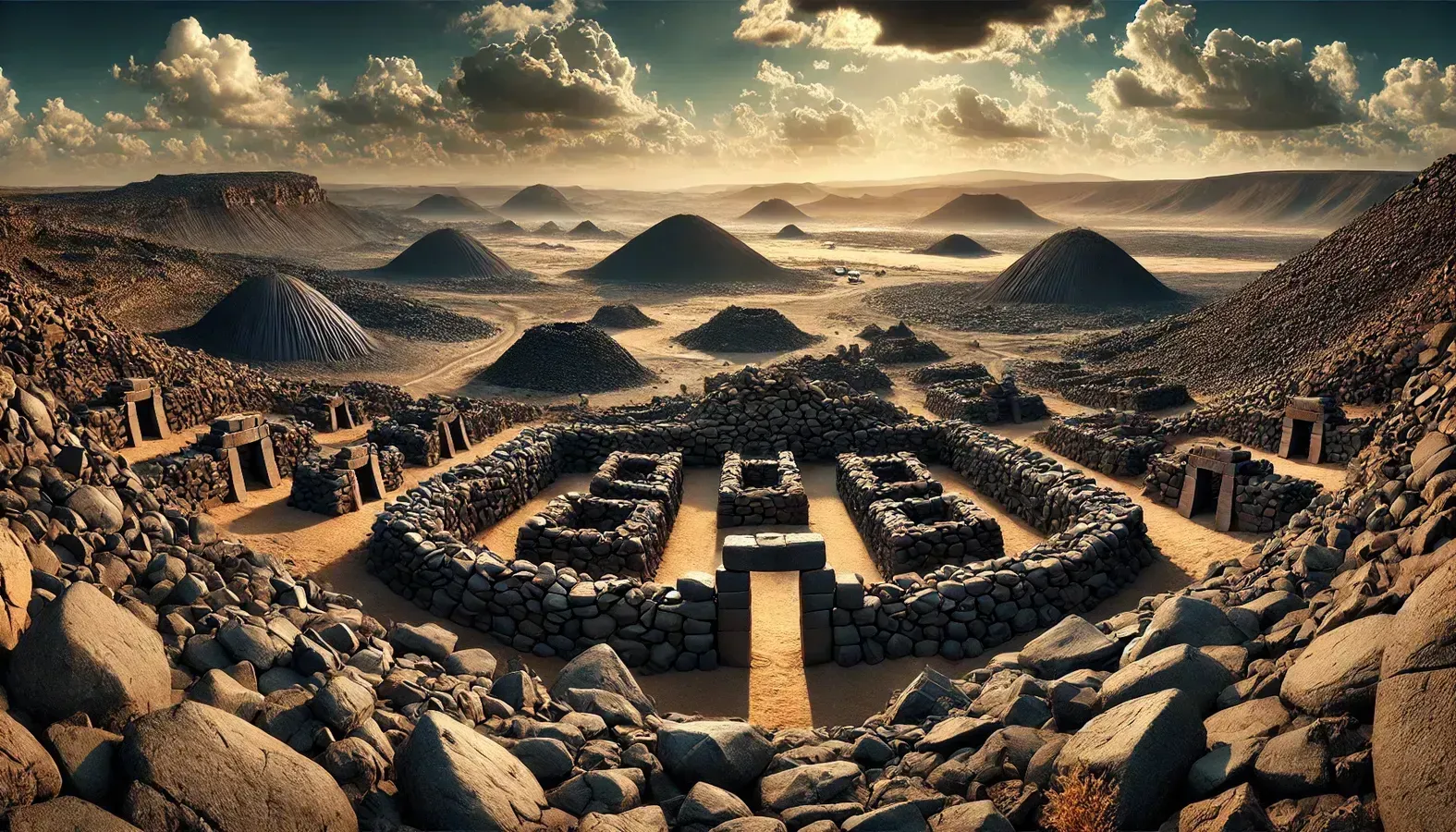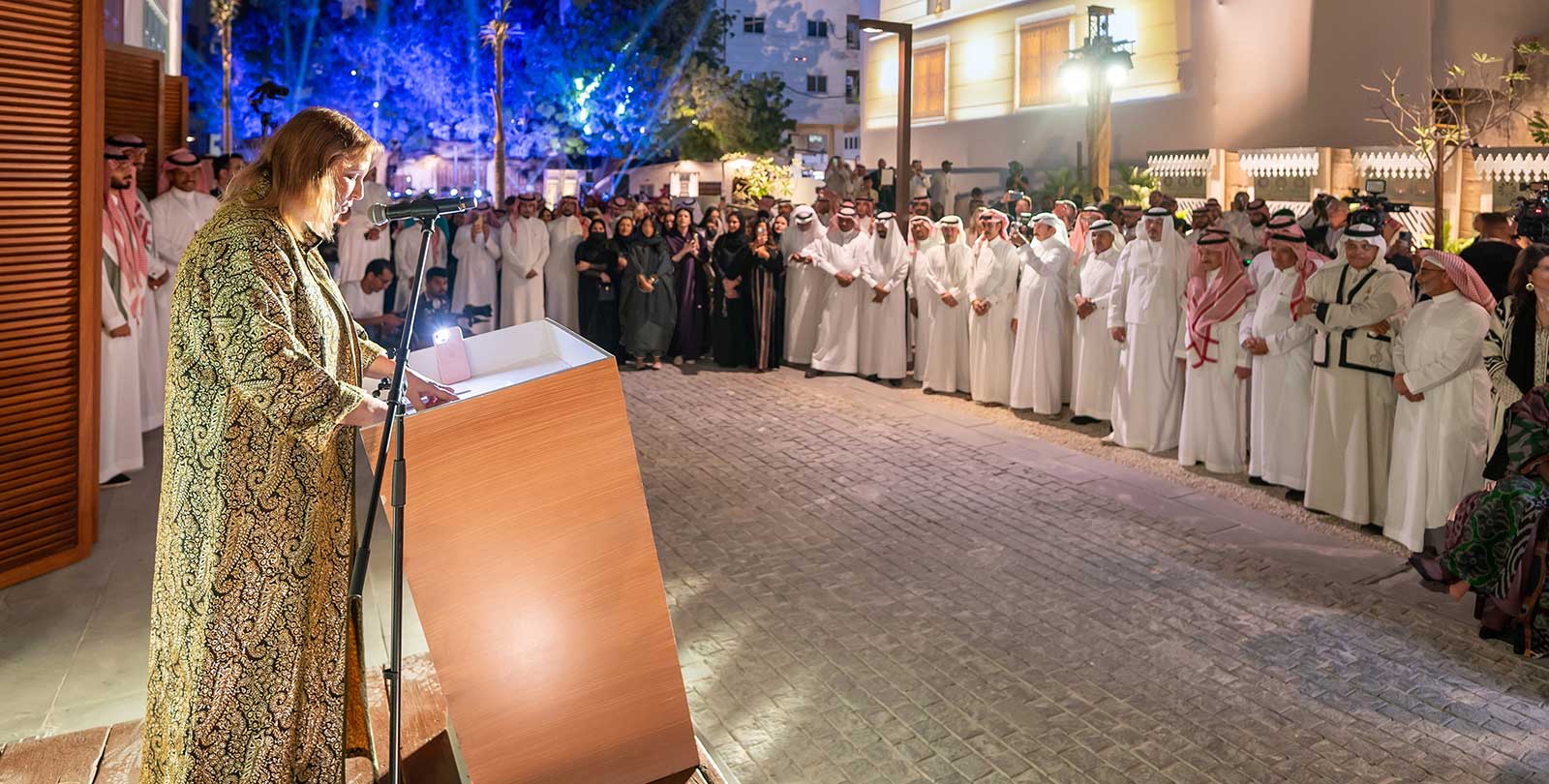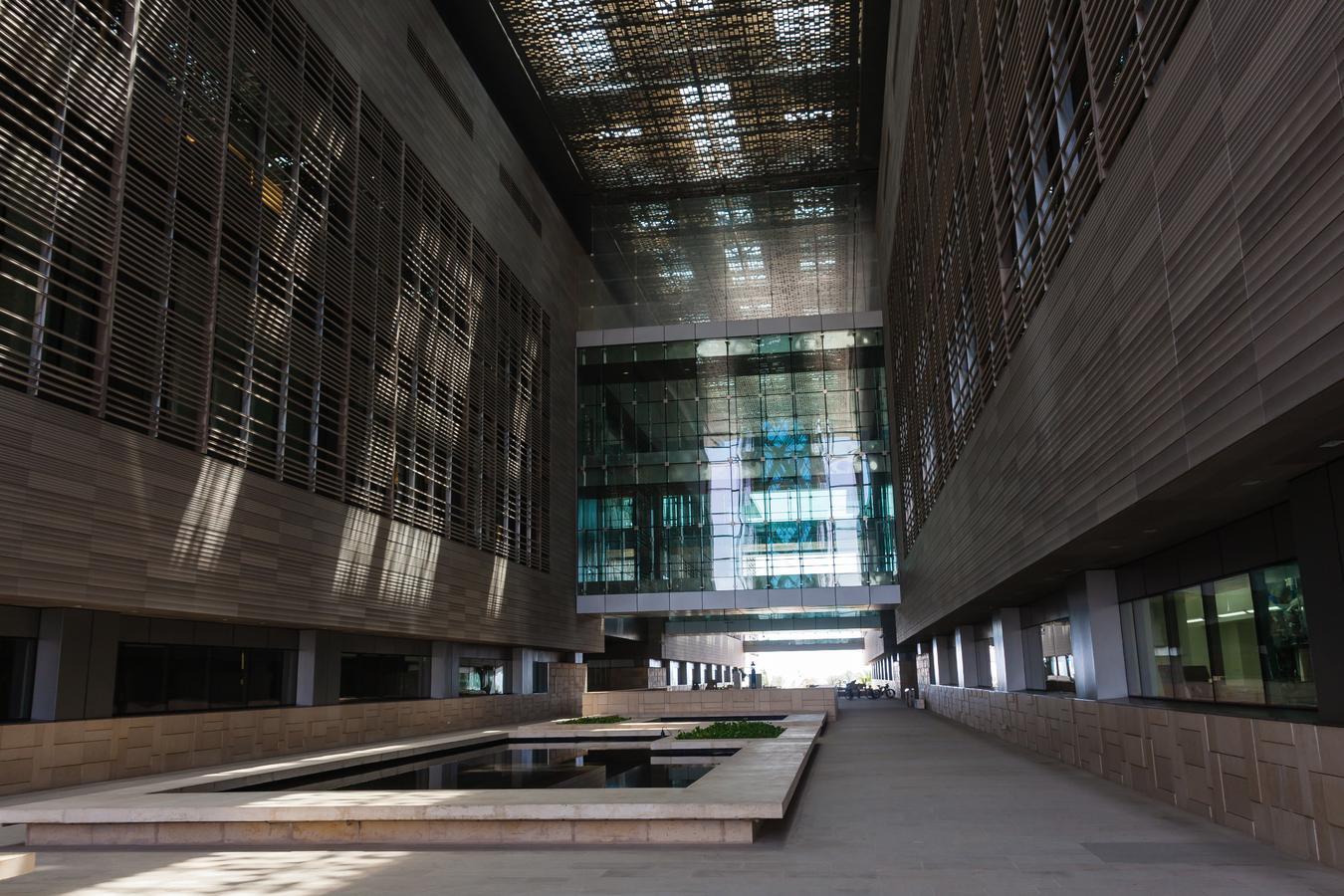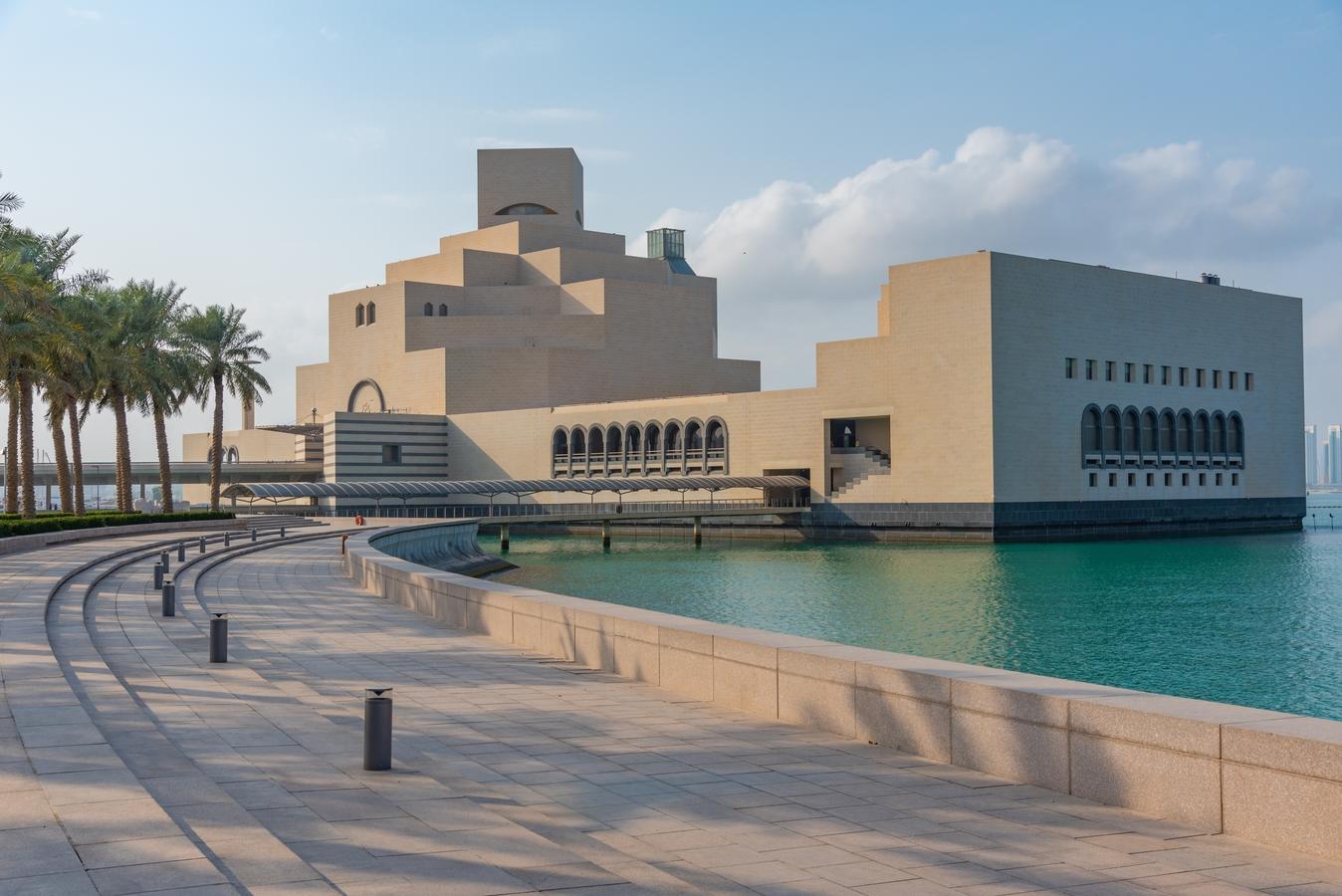In Saudi Arabia’s Hejaz region liesHarrat Khaybar, a volcanic field sculpted by millennia of eruptions. Its rugged landscape, marked by sprawling lava flows, volcanic cones, and striking lava domes, was last shaped by an eruption between 600 and 700 A.D., adding to its geological allure.
In 2022, Jabal Qidr, a historic scoria cone within Harrat Khaybar, was designated a Geological Heritage Site by the International Union of Geological Sciences (IUGS), cementing its global significance.
Enhancing its mystique are more than 400 ancient stone structures, known as “Gates,” scattered across the lava fields. Dating back to the Neolithic period, these enigmatic formations hint at early human activity. Their purpose remains uncertain, with theories ranging from ritualistic use to communal gatherings.
Harrat Khaybar’s fusion of geological marvels and archaeological intrigue offers a rare window into Saudi Arabia’s natural and human history, establishing it as a site of immense scientific and cultural interest.









0 Comments
No comments yet. Be the first to comment!